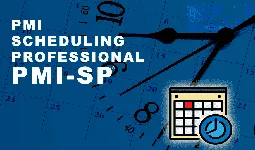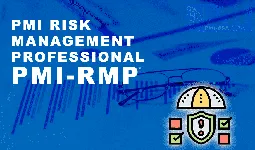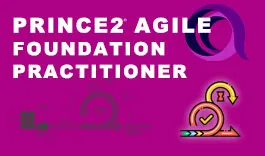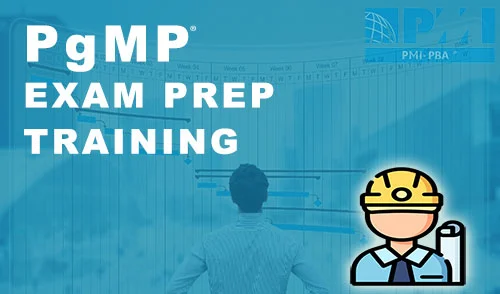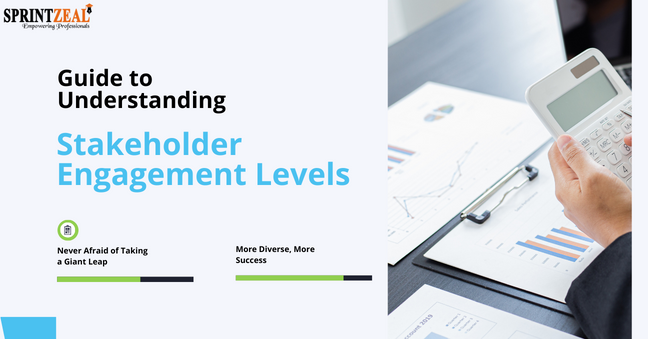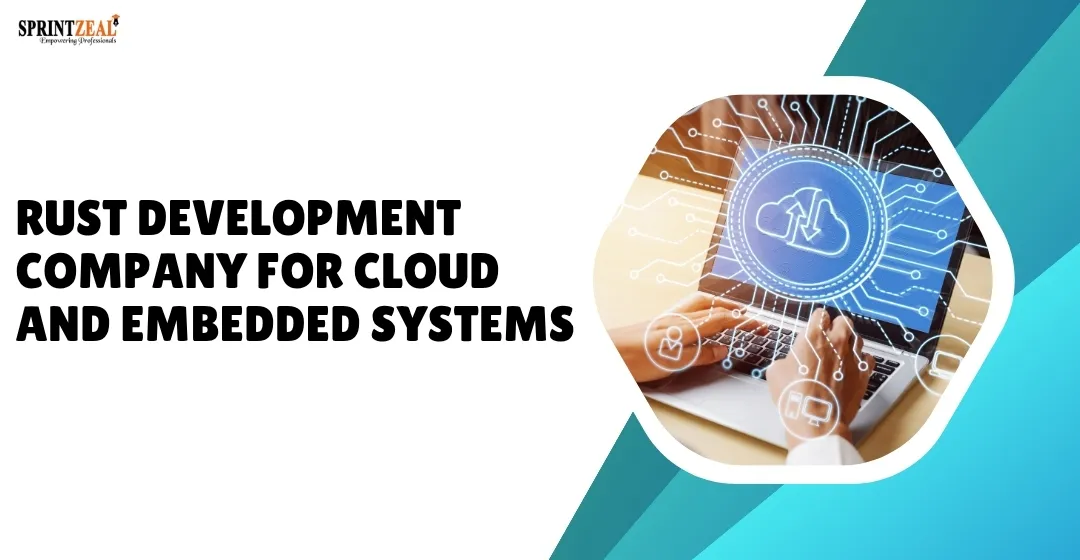ITAM and Finance: Depreciation, GL Mapping, and Audit-Ready Records
-
 By Sprintzeal
By Sprintzeal - Published on Nov 13 2025
When IT and finance manage assets separately, errors multiply. Devices marked active in ITAM may already be fully depreciated in the books, while written-off assets remain in service. These gaps slow audits, distort balance sheets, and weaken asset planning.
To eliminate these issues, ITAM and finance must work from the same data. Finance needs live lifecycle information to manage depreciation and disposal, while IT needs financial visibility to plan refresh cycles and replacements.
In this article, we’ll explore how to synchronize depreciation, map GL codes effectively, and maintain audit-ready records.
Table of Contents
The Disconnect Between ITAM and Finance
ITAM and finance track the same assets in different ways. IT focuses on the lifecycle: what’s deployed, who uses it, and when it’s replaced. Finance focuses on value: purchase cost, depreciation, and write-offs.
When these systems don’t sync, problems multiply:
- Finance continues to depreciate assets still in use.
- IT replaces hardware, but finance still assigns value to the old equipment.
- Audits flag mismatches between fixed-asset registers and device records.
A Deloitte-led ITAM survey found that only 30% of ITAM teams feel equipped to handle emerging areas like FinOps, ESG, AI, and cloud accounting. As ITAM expands into finance and compliance, this lack of readiness increases risk and slows decision-making across both teams.
Synchronizing Depreciation Between ITAM and Finance
Among all integration points, asset depreciation is where misalignment creates the greatest risk. IT measures usage and lifecycle; finance measures cost and value over time. When these views drift apart, it leads to overstated assets, inconsistent balance sheets, and slower refresh decisions.
Standardize the Depreciation Method
Both teams must follow a unified approach. Most enterprises use straight-line depreciation for simplicity and audit predictability.
Depreciation should begin when IT marks the asset as in use, not when it’s procured. This ensures the financial schedule reflects real deployment timing. Defined rules also prevent situations where finance continues to depreciate devices that IT has already retired.
Define Lifespans and Residual Values Jointly
Useful life and residual value form the foundation of accurate forecasting. Industry benchmarks suggest:
- Laptops: 3 years useful life, 10% residual value
- Servers: 5 years useful life, 15% residual value
These values should appear consistently in both ITAM and ERP systems to maintain book value accuracy. Recording residual value in ITAM helps finance forecast replacements, optimize recovery, and refine depreciation schedules.
Feed Recovery Data Back into Financial Planning
Depreciation doesn’t end when book value hits zero. Many assets retain measurable recovery value through trade-ins, certified reuse, or resale programs.
When ITAM captures this recovery data, finance can use it to offset refresh budgets or model future CapEx savings. Link these insights to industry benchmarks like average IT equipment costs.
Automate Depreciation Updates and Stop-Triggers
Manual adjustments are slow and error-prone. Integrating ITAM tools (e.g., ServiceNow, Lansweeper, Snipe-IT) with ERP systems (e.g., NetSuite, SAP, Oracle) allows automatic synchronization:
- Depreciation starts when assets are activated
- Depreciation stops when assets are retired through an approved asset disposition process
- Early write-offs trigger impairment automatically
Automation ensures that financial schedules always match operational reality and creates an audit trail showing when each change occurred and who authorized it.
Linking ITAM to Finance Through GL Mapping and Reconciliation
General Ledger (GL) mapping is where ITAM meets finance in practice. It connects each asset’s operational record to its financial account. Without it, costs fragment across teams, duplicates appear, and audits lose visibility.
Create Mapping Rules
Each asset category, laptops, servers, peripherals, and software, must map to a unique GL code and cost center. Document these rules in both systems and align them with procurement policies.
Standard mapping prevents misclassification and keeps cost allocation consistent across regions. When IT and finance follow the same mapping structure, reporting stays accurate and budgets stay accountable.
Integrate Procurement and PO Data
Every purchase order should link directly to an asset ID in both ITAM and ERP systems. This traceability connects every booked expense to a real deployed asset and its place in the broader procurement plan.
When finance audits CapEx or OpEx entries, PO links show who ordered it, when it entered service, and where it sits now. This integration also eliminates “orphan assets”, items recorded in books but missing from operations.
Reconcile Systems Monthly
Reconciliation should happen monthly, not annually. Compare ITAM records, GL balances, and procurement lists to confirm:
- Asset counts match across systems.
- Costs follow the correct GL codes.
- Retired or disposed assets no longer appear in active accounts.
When discrepancies arise, finance corrects the value and depreciation immediately. Monthly reconciliation prevents year-end surprises and keeps audits error-free.
Build Transparency Across Teams
Shared reports display financial and operational status in one view. This transparency reduces disputes and supports informed decisions on refresh cycles and procurement.
Collaboration improves not only audit accuracy but also trust between departments.
Reporting That Works for Both IT and Finance
When ITAM and finance data align, reporting becomes a shared decision-making tool. Dashboards and KPIs let both teams track asset value, accuracy, and budget performance using the same dataset.
Joint reports help finance validate balance sheets and depreciation, while giving IT visibility into refresh cycles and utilization trends. When both sides use the same numbers, forecasting and compliance naturally improve.
Key Metrics to Track
- Depreciation variance: Difference between financial and operational depreciation.
- Asset reconciliation rate: Percentage of assets matched across ITAM, GL, and procurement.
- Disposal compliance rate: Percentage of retired assets with valid data-wipe or disposal proof.
Dashboards combining these metrics reveal where controls are working and where they need adjustment. A shared view ensures that finance gets accurate value reports while IT gains actionable lifecycle insights.
Bottom Line
Connecting ITAM and finance is ultimately about control and predictability. When both teams operate from shared data, reporting becomes simpler, audits become smoother, and planning becomes faster.
To maintain alignment, run short validation checks before each financial close. Strong collaboration between IT and finance keeps every number defensible, and every asset decision data-backed.
Subscribe to our Newsletters
Popular Programs
PSM® - Professional Scrum Master Certification
Live Virtual Training
- 5 (75 + Ratings)
- 56k + Learners
Trending Posts
10 best practices for effective DevOps in 2024
Last updated on Jul 11 2023
Scrum Career Path Explained
Last updated on Jul 14 2022
Agile Environment Guide
Last updated on Dec 28 2023
SAFe Implementation Roadmap Guide
Last updated on Sep 13 2024
Stakeholder Engagement Levels Guide
Last updated on Sep 16 2024
How to Select a Rust Development Company with Expertise in Cloud and Embedded Systems?
Last updated on Oct 23 2025
Categories
- Other 62
- Agile Management 57
- Cloud Computing 50
- Project Management 170
- Big Data 58
- Business Management 79
- Digital Marketing 73
- IT Service Management 29
- Programming Language 47
- AI and Machine Learning 67
- IT Security 108
- Quality Management 77
- IT Hardware and Networking 25
- Microsoft Program 4
- Workplace Skill Building 11
- Risk Management 9
- Information Security 8
- Leadership and Management 7
- Corporate Training and Development 1
Trending Now
List Of Traits An Effective Agile Scrum Master Must Possess
ArticleDevOps Vs Agile Differences Explained
ArticleDevops Tools Usage, and Benefits of Development Operations & VSTS
ArticleAgile Scrum Methodology - Benefits, Framework and Activities Explained
ArticleGuide to Agile Project Management 2024
Article10 best practices for effective DevOps in 2024
ArticleGuide to Becoming a Certified Scrum Master in 2024
ArticleWhy Should You Consider Getting a Scrum Master Certification?
ArticleCSM vs CSPO: Which Certification is Right for You?
ArticleAgile Manifesto - Principles, Values and Benefits
ArticleAgile Methodology Explained in Detail
ArticleAgile Project Management Explained
ArticleEverything about Scrum Methodology
ArticleLatest Agile Interview Questions and Answers To Look For In 2024
ArticleScrum Interview Questions and Answers 2024
ArticleTop Scrum Master Responsibilities 2024 (Updated)
ArticleDevOps Engineer Interview Questions - Best of 2024
ArticleDevOps Engineer - Career path, Job scope, and Certifications
ArticleScrum vs Safe – Differences Explained
ArticleCSM vs. PSM - Which Scrum Certification is Better?
ArticleSAFe Implementation Roadmap Guide
ArticleAgile Release Plan Guide
ArticleAgile Environment Guide
ArticleAgile Coaching Guide - Best Skills for Agile Coaches
ArticleAgile Principles Guide
ArticleSAFe Certifications List - Best of 2024
ArticleAgile Prioritization Techniques Explained
ArticleScrum Ceremonies Guide
ArticleProduct Owner Certifications List
ArticleScrum of Scrums Guide
ArticleBusiness Agility Guide - Importance, Benefits and Tips
ArticleWhat is DevSecOps and its Importance
ArticleStakeholder Engagement Levels Guide
ArticleScrum Master Career Path Explained
ArticleScrum Career Path Explained
ArticleDevOps Career Guide 2024
ArticleData Processing - A Beginner's Guide
ArticleScrum Workflow - A Step by Step Guide
ArticleTop Git Interview Questions and Answers [Updated 2024]
ArticleA guide to Agility in cloud computing
ebookProduct Roadmap: An Ultimate Guide to Successful Planning and Implementation
ArticleProduct Life Cycle in Marketing: Essential Strategies for Product’s Success
ArticleDMAIC Methodology - The Ultimate Guide
ArticleProduct Life Cycle Strategies: Key to Maximizing Product Efficiency
ArticleScrum Master Salary Trends in 2024
ArticleProduct Life Cycle Model: A Guide to Understanding Your Product's Success
ArticleWhat is a Product Owner - Role, Objectives and Importance Explained
ArticleSuccessful Product Strategies for Introduction Stage of Product Life Cycle
ArticleUnlocking Career Opportunities in Product Management: Your Roadmap to Success
ArticleSaturation Stage of Product Life Cycle: Complete Guide
ArticleEssential Tools for Agile Project Management 2024
ArticleHow to Write an Executive Summary for a Business Plan?
ArticleImportance of Procurement Management Software in Modern Business
ArticleBest Prompt Engineering Tools to Master AI Interaction and Content Generation
ArticleHow to Select a Rust Development Company with Expertise in Cloud and Embedded Systems?
ArticleMastering Your Sales Funnel to Maximize Every Conversion
Article
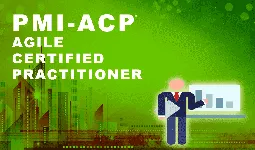
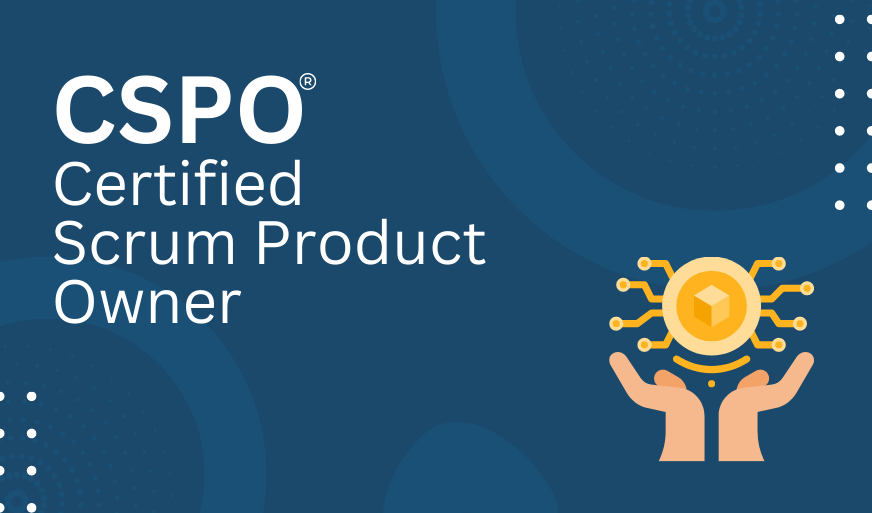
.webp)
